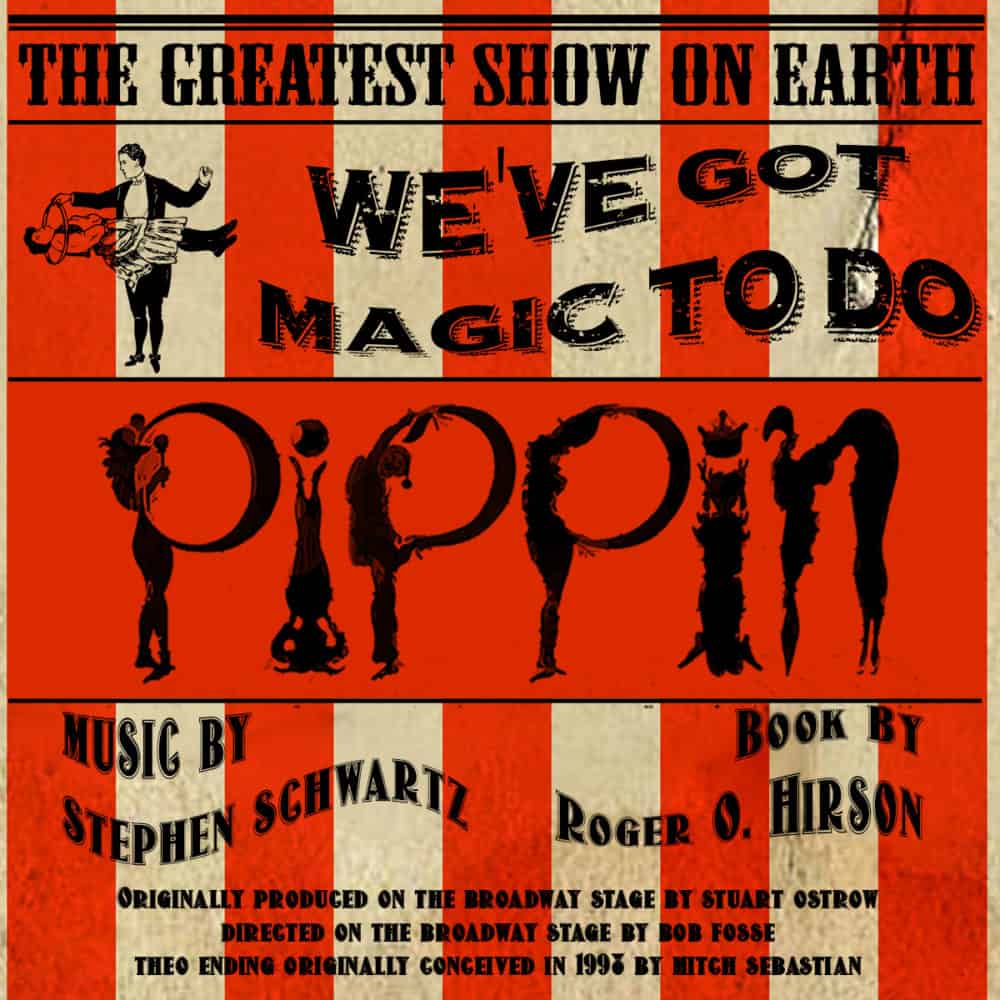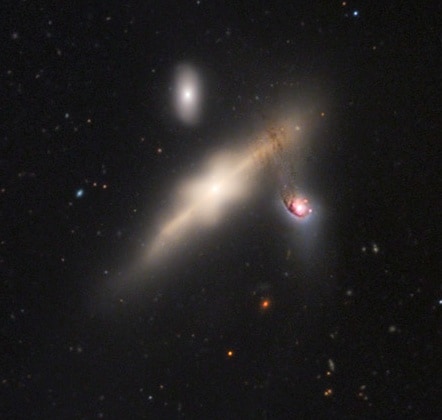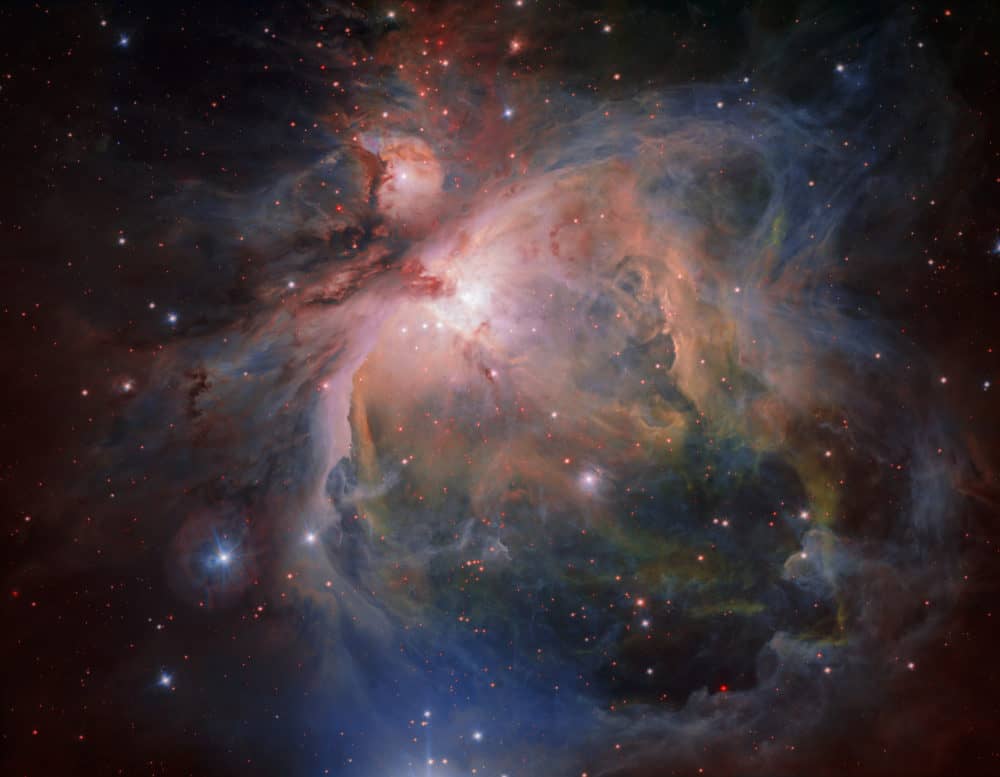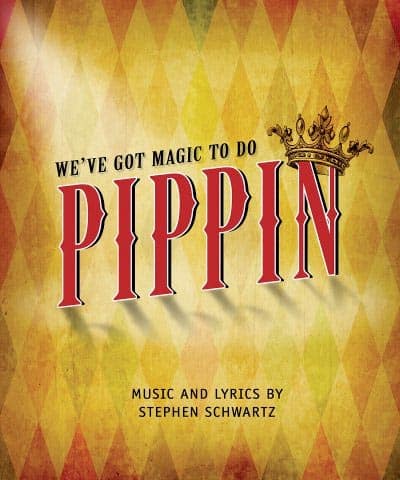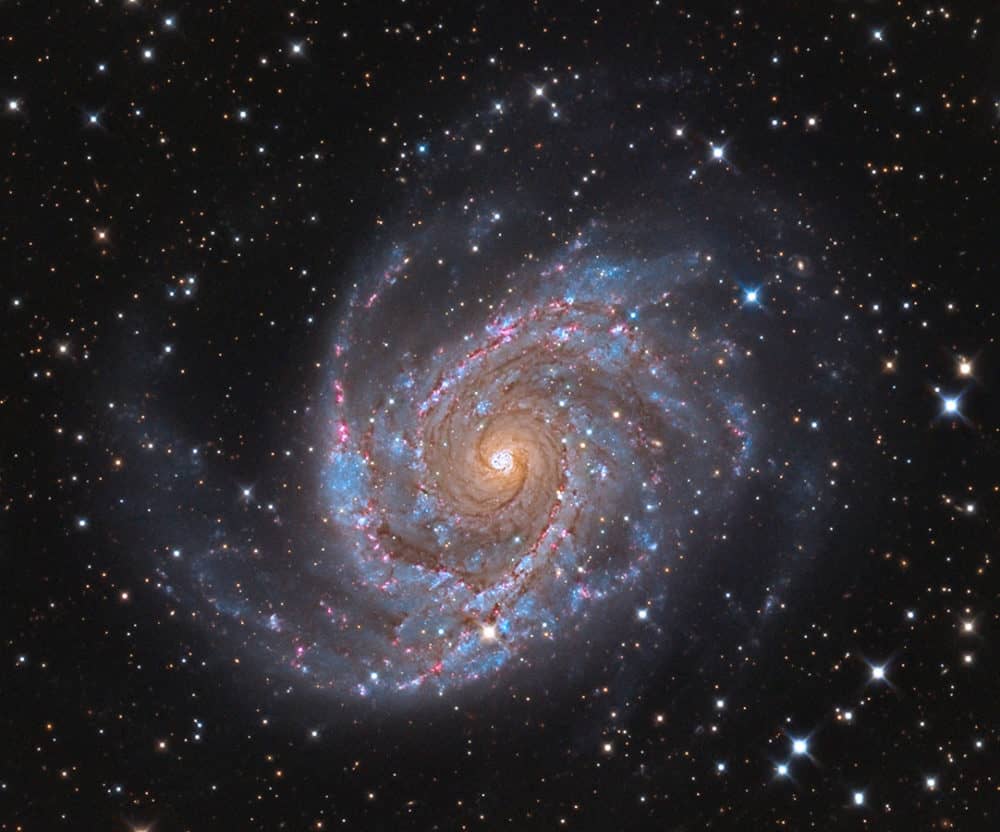Blog
This striking image, taken with the FORS2 instrument on the Very Large Telescope, shows a beautiful yet peculiar pair of galaxies, NGC 4438 and NGC 4435, nicknamed The Eyes. The larger of these, at the top of the picture, NGC 4438, is thought to have once been a spiral galaxy that was strongly deformed by collisions in the relatively recent past. The two galaxies belong to the Virgo Cluster and are about 50 million light-years away.
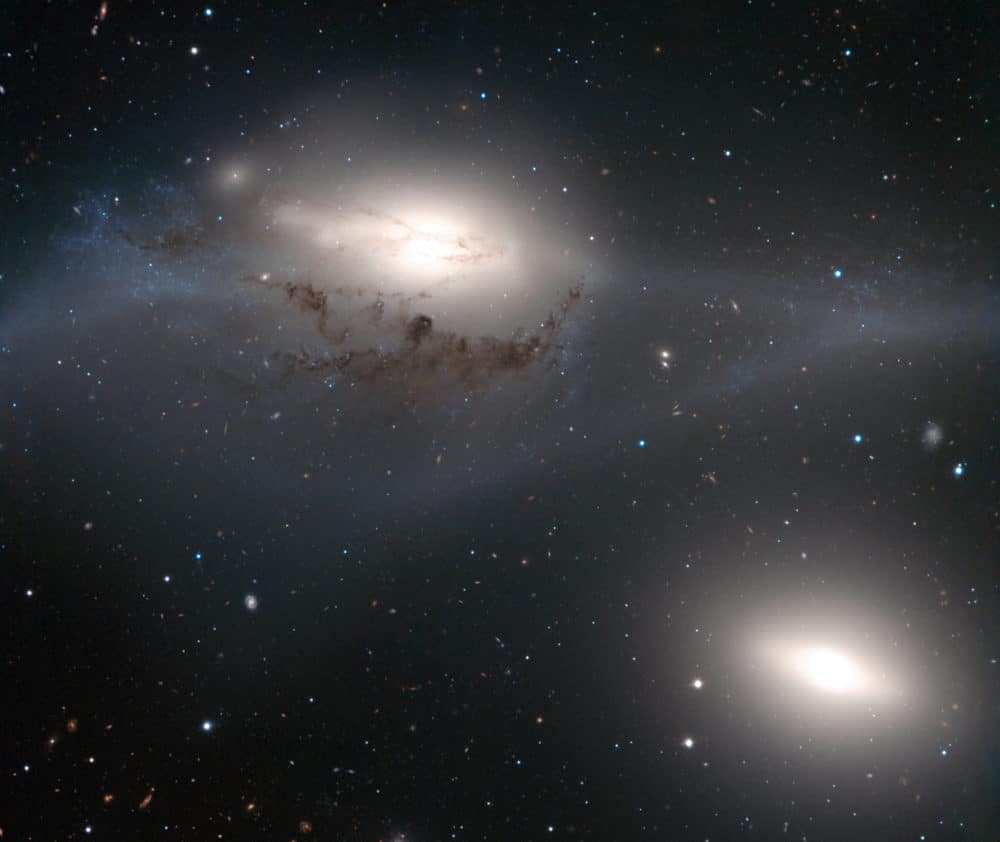
This striking image, taken with the FORS2 instrument on the Very Large Telescope, shows a beautiful yet peculiar pair of galaxies, NGC 4438 and NGC 4435, nicknamed The Eyes. The larger of these, at the top of the picture, NGC 4438, is thought to have once been a spiral galaxy that was strongly deformed by collisions in the relatively recent past. The two galaxies belong to the Virgo Cluster and are about 50 million light-years away.
María del Rocío Trinidad Mohedano Jurado (Spanish pronunciation: [roˈθi.o xuˈɾaðo], born 18 September 1946 – died 1 June 2006) was a Spanish singer and actress. She was born in Chipiona (Cádiz) and nicknamed “La más grande” (“The Greatest”).
She was once married to boxer Pedro Carrasco, with whom she had a daughter, Rocío Carrasco. Divorced, she married bullfighter José Ortega Cano, and they adopted two children, Gloria Camila Ortega Mohedano and José Fernando Ortega Mohedano.
In 2000 in New York, she won the prize La voz del Milenio for best female voice of the 20th century. Rocio Jurado sold more than 25 million records, and she received 150 gold discs and 63 platinum discs.
more...
Born : September 18, 1929 in Byhalia, Mississippi. Died : September 05, 1994 in Chicago, Illinois.
American blues guitarist, harmonicist, bassist, arranger and singer. Associated with the Chicago blues scene of the 1960’s and on, having backed and played with countless Chicago notables. Brother of guitarist/bassist Dave Myers.
more...https://www.youtube.com/watch?v=ovhc7dEAjEs
more...NGC 128 is a lenticular galaxy in the constellation Pisces. It is approximately 190 million light-years from earth and has a diameter of about 165,000 light years. NGC 128 with smaller galaxies NGC 130 (left) and NGC 127 (right).
NGC 128 was discovered by astronomer William Herschel on 25 December 1790 using a reflecting telescope with an aperture of 18.7 inches. At the time of discovery, its coordinates were recorded as 00h 22m 05s, +87° 54.6′ -20.0″.
more...Earl Charles Barrington May (September 27, 1927 – January 4, 2008) was an American jazz bassist.
May was born and raised in New York City, where he began playing professionally in the early 1950s, learning to play left-handed using a double bass strung for a right-handed musician. He studied under Charles Mingus and played locally with Miles Davis, Lester Young, Gene Ammons, Sonny Stitt, and Mercer Ellington. Through most of the 1950s he played in a trio with Billy Taylor, and also worked later in the 1950s with John Coltrane and Chet Baker.
From 1959 to 1963 he played behind Gloria Lynne, and in that decade also worked with Dave McKenna, Herman Foster, Shirley Scott, Stanley Turrentine, Herbie Mann, Mose Allison, and Earl Hines. In the early 1970s he began playing electric bass in addition to the double-bass, and played in that decade with Dizzy Gillespie, Johnny Hartman, Joe Newman, Archie Shepp, Frank Foster, Mickey Tucker, and Ruby Braff.
In the 1980s he did work with musicals both on Broadway and on tour, including Sophisticated Ladies and Big Deal, in addition to work with George Benson early in the decade and Charles Brownlater in the decade. Credits in the 1990s and 2000s included work with Dave Van Ronk, Doc Cheatham, Benny Waters, Marlena Shaw, Irvin Stokes, a trio with Jane Jarvis and Benny Powell, Eddie Locke, Charles McPherson, and the international tour of the Statesmen of Jazz.
more...Eugene McDuff (September 17, 1926 – January 23, 2001), known professionally as “Brother” Jack McDuff or “Captain” Jack McDuff, was an American jazz organist and organ trio bandleader who was most prominent during the hard bop and soul jazz era of the 1960s, often performing with an organ trio. He is also credited with giving guitarist George Benson his first break.
Content Born Eugene McDuffy in Champaign, Illinois, McDuff began playing bass, appearing in Joe Farrell’s group. Encouraged by Willis Jackson in whose band he also played bass in the late 1950s, McDuff moved to the organ and began to attract the attention of Prestige while still with Jackson’s group. McDuff soon became a bandleader, leading groups featuring a young George Benson on guitar, Red Holloway on tenor saxophone and Joe Dukeson drums.
McDuff recorded many classic albums on Prestige, including his debut solo Brother Jack in 1960; The Honeydripper (1961), with tenor saxophonist Jimmy Forrest and guitarist Grant Green; Brother Jack Meets The Boss (1962), featuring Gene Ammons; Screamin’ (1962), with alto saxophonist Leo Wright and guitarist Kenny Burrell; and Brother Jack McDuff Live! (1963),[4] featuring Holloway and Benson, which includes his biggest hit, “Rock Candy”.
https://www.youtube.com/watch?v=SvFuh-o2w7E
more...Hiram King “Hank” Williams (September 17, 1923 – January 1, 1953 Mount Olive, Butler County, Alabama) was an American singer-songwriter and musician. Regarded as one of the most significant and influential American singers and songwriters of the 20th century, Williams recorded 35 singles (five released posthumously) that reached the Top 10 of the Billboard Country & Western Best Sellers chart, including 11 that ranked number one (three posthumously).
Born in Mount Olive, Butler County, Alabama, Williams relocated to Georgiana with his family, where he met Rufus Payne, who gave him guitar lessons in exchange for meals or money. Payne had a major influence on Williams’ later musical style, along with Roy Acuff and Ernest Tubb. Williams would later relocate to Montgomery, where he began his music career in 1937, when producers at radio station WSFA hired him to perform and host a 15-minute program. He formed the Drifting Cowboys backup band, which was managed by his mother, and dropped out of school to devote his time to his career.
When several of his band members were conscripted into military service during World War II, Williams had trouble with their replacements, and WSFA terminated his contract because of his alcohol abuse. Williams eventually married Audrey Sheppard, who was his manager for nearly a decade. After recording “Never Again” and “Honky Tonkin'” with Sterling Records, he signed a contract with MGM Records. In 1947, he released “Move It on Over“, which became a hit, and also joined the Louisiana Hayride radio program.
One year later, he released a cover of “Lovesick Blues” recorded at Herzog Studio in Cincinnati, which carried him into the mainstream of music. After an initial rejection, Williams joined the Grand Ole Opry. He was unable to read or notate music to any significant degree. Among the hits he wrote were “Your Cheatin’ Heart“, “Hey, Good Lookin’“, and “I’m So Lonesome I Could Cry“.
Years of back pain, alcoholism and prescription drug abuse severely compromised his health. In 1952 he divorced Sheppard and was dismissed by the Grand Ole Opry because of his unreliability and alcohol abuse. On New Year’s Day 1953, he died suddenly while traveling to a concert in Canton, Ohio at the age of 29. Despite his short life, Williams is one of the most celebrated and influential popular musicians of the 20th century, especially in regards to country music.
Many artists covered songs Williams wrote and recorded. He influenced Elvis Presley, Johnny Cash, Chuck Berry, Jerry Lee Lewis, Bob Dylan, George Jones, Charley Pride,and The Rolling Stones, among others. Williams was inducted into the Country Music Hall of Fame (1961), the Songwriters Hall of Fame (1970), and the Rock and Roll Hall of Fame (1987). The Pulitzer Prize jury in 2010 awarded him a posthumous special citation “for his craftsmanship as a songwriter who expressed universal feelings with poignant simplicity and played a pivotal role in transforming country music into a major musical and cultural force in American life.”
more...OmegaCAM — the wide-field optical camera on ESO’s VLT Survey Telescope (VST) — has captured the spectacular Orion Nebula and its associated cluster of young stars in great detail, producing this beautiful new image. This famous object, the birthplace of many massive stars, is one of the closest stellar nurseries, at a distance of about 1350 light-years.
The Orion Nebula (also known as Messier 42, M42, or NGC 1976) is a diffuse nebula situated in the Milky Way, being south of Orion’s Belt in the constellation of Orion. It is one of the brightest nebulae, and is visible to the naked eye in the night sky. M42 is located at a distance of 1,344 ± 20 light years and is the closest region of massive star formation to Earth. The M42 nebula is estimated to be 24 light years across. It has a mass of about 2,000 times that of the Sun. Older texts frequently refer to the Orion Nebula as the Great Nebula in Orion or the Great Orion Nebula.
more...Riley B. King (September 16, 1925 – May 14, 2015), known professionally as B.B. King, was an American singer-songwriter, guitarist, and record producer. King introduced a sophisticated style of soloing based on fluid string bending and shimmering vibrato that influenced many later electric blues guitarists.
King was inducted into the Rock and Roll Hall of Fame in 1987, and is one of the most influential blues musicians of all time, earning the nickname “The King of the Blues”, and is considered one of the “Three Kings of the Blues Guitar” (along with Albert and Freddie King).King performed tirelessly throughout his musical career, appearing on average at more than 200 concerts per year into his 70s. In 1956 alone, he appeared at 342 shows.
King was born on a cotton plantation in Itta Bena, Mississippi, and later worked at a cotton gin in Indianola, Mississippi. He was attracted to music and the guitar in church, and began his career in juke joints and local radio. He later lived in Memphis, Tennessee, and Chicago, and as his fame grew, toured the world extensively. King died at the age of 89 in Las Vegas, Nevada, on May 14, 2015. Riley B. King was born on September 16, 1925, on the Berclair cotton plantation near the town of Itta Bena, Mississippi, the son of sharecroppers Albert and Nora Ella King. He considered the nearby city of Indianola, Mississippi to be his home. When King was four years old, his mother left his father for another man, so he was raised by his maternal grandmother, Elnora Farr, in Kilmichael, Mississippi.
Charlie Lee Byrd (September 16, 1925 – December 2, 1999) was an American jazz guitarist. Byrd was best known for his association with Brazilian music, especially bossa nova. In 1962, he collaborated with Stan Getz on the album Jazz Samba, a recording which brought bossa nova into the mainstream of North American music. Byrd played fingerstyle on a classical guitar.
Charlie Byrd was born in Suffolk, Virginia, in 1925 and grew up in the borough of Chuckatuck. His father, a mandolinist and guitarist, taught him how to play the acoustic steel guitar at age 10. Byrd had three brothers, Oscar, Jack, and Gene “Joe” Byrd, who was a bass player. In 1942 Byrd entered the Virginia Polytechnic Institute and played in the school orchestra. In 1943 he was drafted into the United States Army for World War II, saw combat, then was stationed in Paris in 1945 where he played in an Army Special Services band and toured occupied Europe in the all-soldier production G.I. Carmen.
After the war, Byrd returned to the United States and went to New York City, where he studied composition and jazz theory at the Harnett National Music School in Manhattan, New York City. During this time he began playing a classical guitar. After moving to Washington, D.C. in 1950, he studied classical guitar with Sophocles Papas for several years. In 1954 he became a pupil of the Spanish classical guitarist Andrés Segovia and spent time studying in Italy with Segovia.
Byrd’s earliest and greatest influence was the gypsy guitarist Django Reinhardt, whom he saw perform in Paris. In 1957 Byrd met double bassist Keter Betts in a Washington, D.C., club called the Vineyard. The two began doing gigs together, and by October they were frequently performing at a club called the Showboat. In 1959 the pair joined Woody Herman‘s band and toured Europe for three weeks as part of a State Department-sponsored goodwill tour. The other members of the band were Vince Guaraldi, Bill Harris, Nat Adderley and drummer Jimmy Campbell. Byrd led his own groups that sometimes featured his brother Joe. Byrd was also active as a teacher in the late 1950s; he trained guitar students at his home in Washington, D.C., each required to audition before he agreed to be their teacher.
more...Giuseppe “Joe” Venuti (September 16, 1903 – August 14, 1978 Philadelphia, PA) was an Italian-American jazz musician and pioneer jazz violinist.
Considered the father of jazz violin he pioneered the use of string instruments in jazz along with the guitarist Eddie Lang, a friend since childhood. Through the 1920s and early 1930s, Venuti and Lang made many recordings, as leader and as featured soloists. He and Lang became so well known for their ‘hot’ violin and guitar solos that on many commercial dance recordings they were hired to do 12- or 24-bar duos towards the end of otherwise stock dance arrangements. In 1926, Venuti and Lang started recording for the OKeh label as a duet (after a solitary duet issued on Columbia), followed by “Blue Four” combinations, which are considered milestone jazz recordings. Venuti also recorded commercial dance records for OKeh under the name “New Yorkers”.
He worked with Benny Goodman, Adrian Rollini, the Dorsey Brothers, Bing Crosby, Bix Beiderbecke, Jack Teagarden, Frank Signorelli, the Boswell Sisters, and most of the other important white jazz and semi-jazz figures of the late 1920s and early 1930s. However, following Lang’s death in 1933, Venuti’s career began to wane, though he continued performing through the 1930s, recording a series of commercial dance records (usually containing a Venuti violin solo) for the dime store labels, OKeh and Columbia, as well as the occasional jazz small group sessions. He was also a strong early influence on western swing players like Cecil Brower. Many of the 1920s OKeh sides continued to sell and remained in print through 1935 when ARC discontinued the OKeh label and reissued selected sides on the 35-cent Vocalion label (the OKeh label was revived by CBS in 1940).
After a period of relative obscurity in the 1940s and 1950s, Venuti played violin and other instruments with Jack Statham at the Desert Inn Hotel in Las Vegas. Statham headed several musical groups that played at the Desert Inn from late 1961 until 1965, including a Dixieland combo. Venuti was with him during that time, and was active with the Las Vegas Symphony Orchestra during the 1960s. He was ‘rediscovered’ in the late 1960s. In the 1970s, he established a musical relationship with tenor saxophonist Zoot Sims that resulted in three recordings. In 1976, he recorded an album of duets with pianist Earl Hines entitled Hot Sonatas. He also recorded an entire album with country-jazz musicians including mandolinist Jethro Burns (of Homer & Jethro), pedal steel guitarist Curly Chalker and former Bob Wills sideman and guitarist Eldon Shamblin. Venuti died in Seattle, Washington.
more...Pippin the Musical third performance today at the Mixed Blood Theater in Minneapolis presented by Theater 55. Sunday matinee September 15th @ 2pm Running thru September 29th 2019 12 shows. Natalia Peterson on piano, Jamie Carter on guitar and mick laBriola percussion chair.
more...NGC 2997 is a face-on unbarred spiral galaxy about 25 million light-years away in the constellation Antlia. It is the brightest galaxy of the NGC 2997 group of galaxies.
NGC 2997 is particularly notable for a nucleus surrounded by a chain of hot giant clouds of ionized hydrogen. It is featured on the cover of the first edition of Galactic Dynamics by James Binney and Scott Tremaine.
more...More Posts
- Cosmos NGC 2174
- Fred Frith
- Billy Cobham
- Redd Holt
- Betty Carter
- SUPPORT UKRAINE Kozak System
- Daily Roots Al Campbell
- Cosmos Westerlund 2
- Brian Eno
- Ellis Larkins
- STOP THE WAR The Willow Board
- Daily Roots A Pearson
- Cosmos Caldwell 49
- Jack Bruce
- Calvin Edwards
- Sidney Bechet
- Zutty Singleton
- NO WAR STOP PUTIN DakhaBrakha
- Daily Roots Richie Spice
- Cosmos Milky Way
